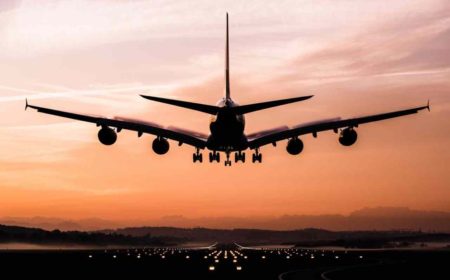
Airports Council International (ACI) Asia-Pacific has released preliminary traffic data from 18 airports in major aviation markets across the Asia-Pacific and the Middle East regions, which show that year-over-year passenger traffic decline hit -95% by the middle of April. However, it is not all bad news, as ACI says initial signals of recovery were reported from China, with a gradual resumption of its domestic traffic, as well as from South Korea, to a lesser extent.
ACI Asia-Pacific is one of the five regions of the Airports Council International (ACI), is based in Hong Kong and represents 113 members operating 602 airports in 49 countries/ territories in Asia-Pacific and the Middle-East.
ACI reports that airports in the region have made significant adjustments to operations to manage the impact as cautious preparations for resumption of services begin. ‘As airports prepare for the post-Covid-19 period, a coordinated approach between governments, regulators, health authorities and aviation stakeholders to implement sustainable and effective health measures is needed now’, says the organisation.
“Passenger traffic in Asia-Pacific region has reached rock bottom. Airports have been forced to make difficult operational decisions, including full or partial closure of terminals and runways and reduction of front-line employees,” stated Stefano Baronci, director general of ACI Asia-Pacific. “These drastic measures take time to reverse. Returning to full operational status will not happen overnight.”
Since the beginning of the outbreak, airports have stepped up health and hygiene measures to contain the spread of the virus and to protect passengers and employees.
‘With some signals of stabilisation, and efforts towards recovery cautiously starting up, governments and regulators, along with the national health authorities, need to work with the aviation industry to develop a coordinated approach so that airports can prepare the appropriate infrastructure, facilities and processes in support of health measures. At a global level, ICAO and WHO have an important role to play in providing guidance and coordinating joint efforts between governments and industry’, adds ACI in a statement.
“The freedom of movement will have to co-exist with the virus, until a vaccine against Covid-19 is available at a global scale. Airport operators will need to balance a safe travel experience for passengers with recovering connectivity to boost the economy,” Baronci added. “This cannot be done in isolation and requires the engagement of all aviation stakeholders. The support of States is required to reset and rebuild the sector, given its strategic role for the relaunch of the economy and its social relevance in terms of job creation. The virus has imposed a ‘new normal’ of living on us. A united industry needs to create a ‘new normal’ for travelling” www.aircraftinteriorsinternational.com



